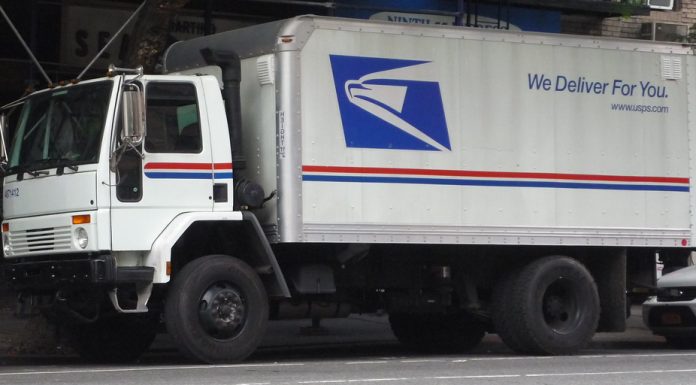(Associated Press) A big postal rate increase over the summer hasn’t stopped catalog retailers from stuffing mailboxes this holiday season.
The U.S. Postal Service says more than 300 million catalogs flooded into people’s mailboxes last month, and the overall number of catalogs has grown 12% over last year, officials said.
The boost continues a positive trend for catalogers that are defying those who predicted their demise in a digital world.
“The industry is not dying. There are plenty of companies that are still aggressively mailing catalogs,” said Paul Miller, vice president and deputy director of the American Catalog Mailers Association.
Some online retailers like Bonobos, Amazon and Wayfair began mailing catalogs in recent years. A few that went away, like the Sharper Image and J. Peterman, have returned. Heavyweights like Lands’ End, Hammacher Schlemmer and L.L. Bean never wavered.
Several factors are working in favor of catalog retailers.
For starters, digital advertising on e-commerce websites has grown as much as 20% to 40% this year even as privacy policy changes—Apple’s efforts in particular—have made it more difficult to target ads and measure their effectiveness, said Andrew Lipsman, retail analyst at eMarketer.
Further, some find online shopping difficult to navigate—a space that is jumbled thanks to algorithms, marketing and advertising, analysts say, making it hard for people to find what they want.
Jonathan Zhang, a professor of marketing at Colorado State University, said another important factor is that catalog and store shoppers are more loyal to brands than people who shop online only.
His research found a higher return on investment from catalogs because those shoppers buy more than online-only shoppers.
The internet’s clutter tends to produce shoppers who search for specific things, preventing the “serendipitous discoveries” that shoppers make while browsing in a store or catalog, he said.
New York shopper Helen Kaplow acknowledges it’s easier to thumb through catalogs and circle items of interest or dog-ear the pages, rather than scrolling through websites.
One of her favorite catalogs around this time of the year is from The Vermont Country store.
“Catalogs do seem a bit old-fashioned. They’re so analog. But I think it may be their only way of getting visuals in front of you,” said Kaplow, who hasn’t set foot in a store in years.
Nonetheless, catalogs remain expensive to print and mail.
The U.S. Postal Service gave a one-two punch to the industry this year with a 3% postage increase in January followed by an additional, unexpected increase of nearly 9% implemented in August.
But consumer spending remains hot and catalogs are a way for retailers to differentiate themselves, so it makes sense for retailers who can afford to distribute catalogs to do so, Lipsman said.
Catalog numbers dropped about 40% between 2006 to 2018, when an estimated 11.5 billion were mailed to homes, but they’ve stabilized and are showing signs of an uptick in volume, according to Miller at the ACMA.
Miller said catalogs won’t be going away anytime soon, partly because they have staying power compared to the fleeting impact of email, online advertisements and other digital communication.
“People are used to clicking and moving on, but the catalog is still sitting there on your coffee table. It’s going to continue to entice you to shop,” he said.

